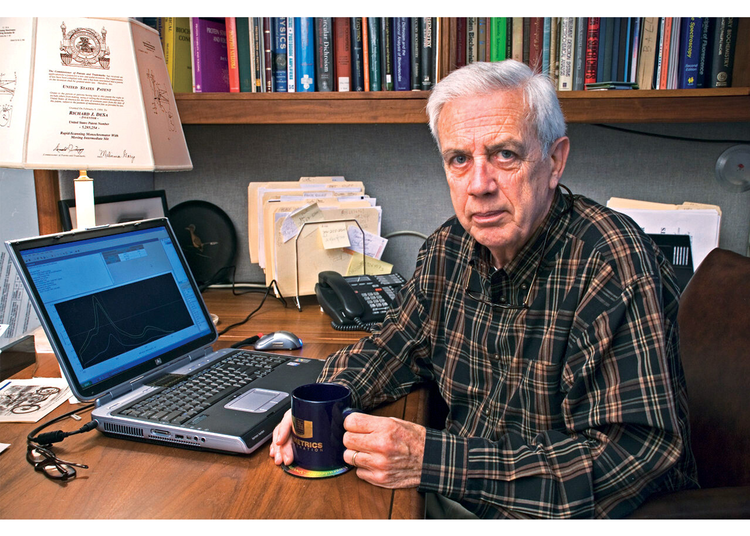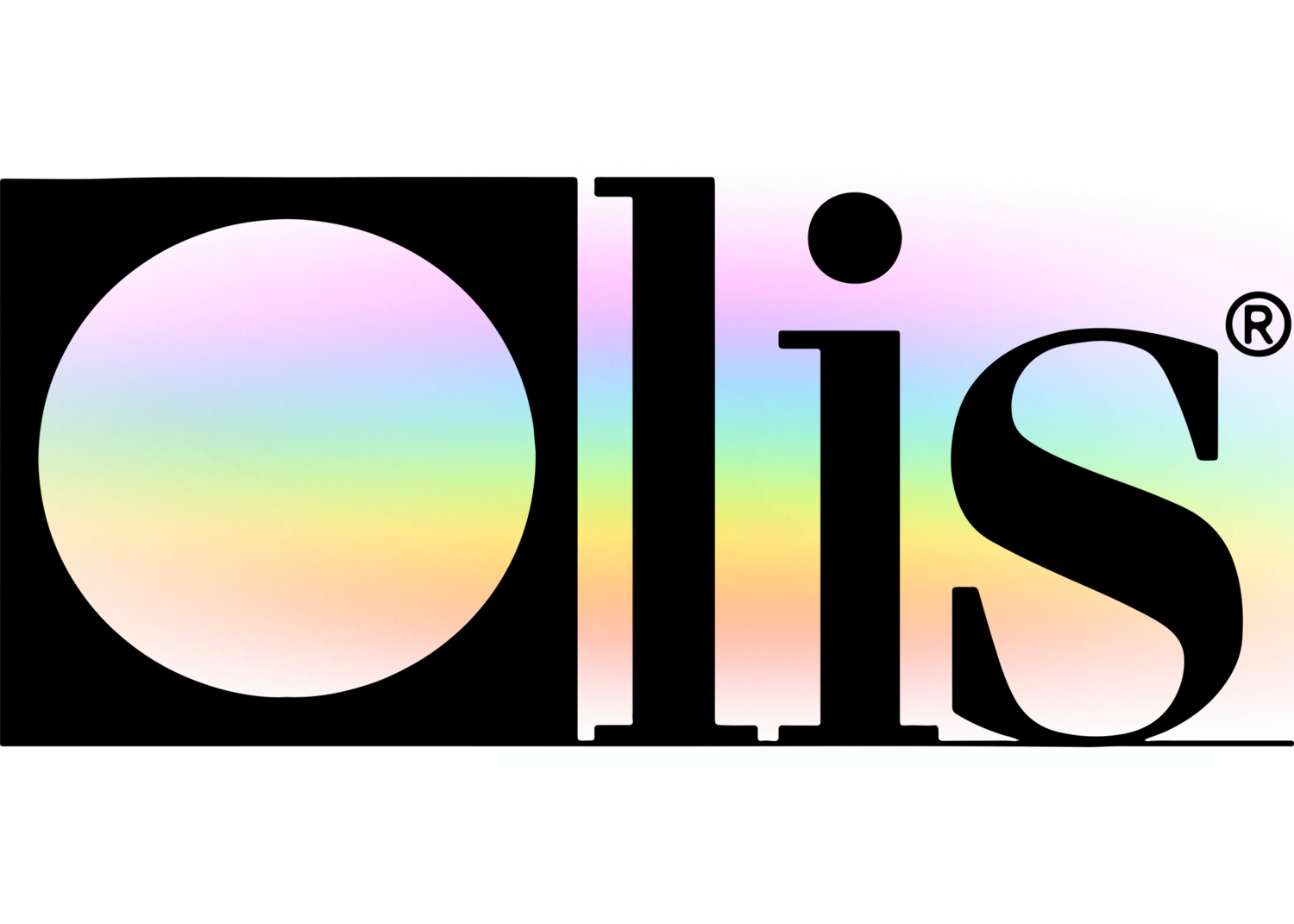All About Circularly Polarized Luminescence
All About Circularly Polarized Luminescence
Blog Article
Fascination About Circular Dichroism
Table of ContentsSpectrophotometers - An OverviewSome Known Details About Spectrophotometers The Greatest Guide To Circularly Polarized LuminescenceThe Buzz on Uv/vis/nirThe Ultimate Guide To Circularly Polarized Luminescence

Although spectrophotometry is most commonly used to ultraviolet, visible, and infrared radiation, contemporary spectrophotometers can question broad swaths of the electromagnetic spectrum, consisting of x-ray, ultraviolet, visible, infrared, and/or microwave wavelengths. Spectrophotometry is a tool that hinges on the quantitative analysis of molecules depending on just how much light is absorbed by colored compounds.
The Definitive Guide to Uv/vis
A spectrophotometer is typically used for the measurement of transmittance or reflectance of options, transparent or opaque solids, such as refined glass, or gases. Numerous biochemicals are colored, as in, they soak up visible light and therefore can be measured by colorimetric treatments, even colorless biochemicals can often be transformed to colored substances appropriate for chromogenic color-forming reactions to yield compounds appropriate for colorimetric analysis.: 65 Nevertheless, they can likewise be developed to measure the diffusivity on any of the noted light varieties that usually cover around 2002500 nm using various controls and calibrations.
An example of an experiment in which spectrophotometry is utilized is the determination of the equilibrium constant of an option. A certain chemical reaction within a solution may take place in a forward and reverse direction, where reactants form products and products break down into reactants. At some point, this chemical response will reach a point of balance called a stability point.
Spectrophotometers Fundamentals Explained
The amount of light that travels through the option is a sign of the concentration of particular chemicals that do not enable light to pass through. The absorption of light is because of the interaction of light with the electronic and vibrational modes of molecules. Each type of particle has a private set of energy levels associated with the makeup of its chemical bonds and nuclei and thus will soak up light of specific wavelengths, or energies, resulting in distinct spectral homes.
They are extensively utilized in many markets consisting of semiconductors, laser and optical Continue manufacturing, printing and forensic evaluation, as well as in labs for the study of chemical compounds. Spectrophotometry is typically used in measurements of enzyme activities, determinations of protein concentrations, decisions of enzymatic kinetic constants, and measurements of ligand binding reactions.: 65 Eventually, a spectrophotometer is able to identify, depending on the control or calibration, what substances are present in a target and precisely how much through calculations of observed wavelengths.
Created by Arnold O. Beckman in 1940 [], the spectrophotometer was created with the aid of his associates at his company National Technical Laboratories founded in 1935 which would end up being Beckman Instrument Business and eventually Beckman Coulter. This would come as a solution to the formerly developed spectrophotometers which were unable to take in the ultraviolet correctly.
The Best Strategy To Use For Uv/vis/nir
It would be found that this did not give acceptable outcomes, for that reason in Model B, there was a shift from a glass to a quartz prism which enabled better absorbance results - UV/Vis/NIR (https://www.wattpad.com/user/olisclarity1). From there, Design C was born with a modification to the wavelength resolution which ended up having 3 units of it produced
It was produced from 1941 to 1976 where the cost for it in 1941 was US$723 (far-UV accessories were an alternative at additional cost). In the words of Nobel chemistry laureate Bruce Merrifield, it was "probably the most important instrument ever developed towards the advancement of bioscience." Once it became terminated in 1976, Hewlett-Packard produced the first commercially available diode-array spectrophotometer in 1979 known as the HP 8450A. It irradiates the sample with polychromatic light which the sample soaks up depending on its homes. It is transmitted back by grating the photodiode range which finds the wavelength region of the spectrum. Given that then, the production and execution of spectrophotometry devices has increased exceptionally and has actually turned into one of the most ingenious instruments of our time.

5 Simple Techniques For Uv/vis
The grating can either be movable or fixed.
In such systems, the grating is fixed and the intensity of each wavelength of light is measured by a different detector in the variety. Furthermore, most modern-day mid-infrared spectrophotometers use a Fourier change strategy to get the spectral details - https://lwccareers.lindsey.edu/profiles/4273853-julie-ann-desa-lorenz. This method is called Fourier transform infrared spectroscopy. When making transmission measurements, the spectrophotometer quantitatively compares the portion of light that travels through a referral solution and a test service, then digitally compares the intensities of the two signals and computes the portion of transmission of the sample compared to the reference standard.

Report this page